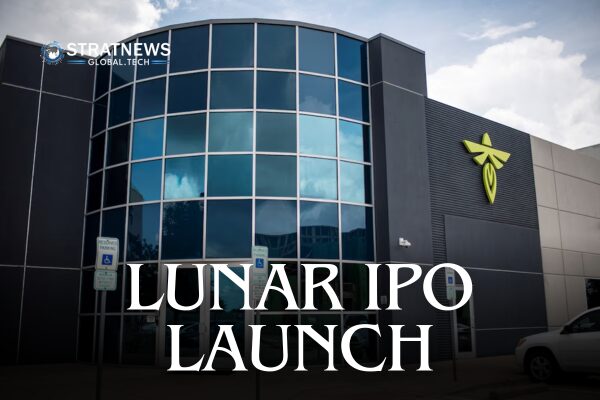Firefly Aerospace Raises $868 Million in Biggest US Space IPO of 2025
Firefly Aerospace officially launched on the Nasdaq on Thursday, 7 August, raising $868.3 million in its initial public offering. The listing marks the largest US IPO of the year by a space technology firm, capping a dramatic turnaround for the once-troubled company.
Shares opened at $45 each—above the already increased range—giving Firefly a market valuation of $6.32 billion. This surge follows a series of milestones for the company, including its successful lunar landing earlier this year.
Blue Ghost Lunar Lander Marks a Major Milestone
Earlier in 2025, Firefly’s Blue Ghost lander became the first commercial spacecraft to deliver a payload to the Moon. The lander was launched aboard a SpaceX rocket and safely reached the lunar surface on 2 March. The moment was met with celebration at Firefly’s mission control centre in Leander, Texas.
“You would have thought this team had been operating lunar landers for 40 years,” said CEO Jason Kim. “But this was their first spacecraft—designed, built, tested, and operated entirely in-house.”
Blue Ghost can stay in orbit for up to five years, and future missions will carry more than scientific tools. Firefly is already working on adding power systems to support lunar infrastructure such as charging stations.
Aiming for Mars via the Moon
Looking ahead, Kim envisions building a transport link from the Moon to Mars. “Because of the Moon’s lower gravity, launching resources from there to Mars is more efficient than doing it from Earth,” he explained.
Firefly plans to make lunar trips an annual event, steadily building toward long-term space infrastructure. “We’re not just doing science—we’re creating the systems that will power space travel and development,” Kim said.
Firefly’s listing signals growing investor confidence in private space ventures, especially those aligned with commercial lunar activity and military-space contracts. With new funding and momentum, the company is poised to play a key role in the future of space travel.
with inputs from Reuters


